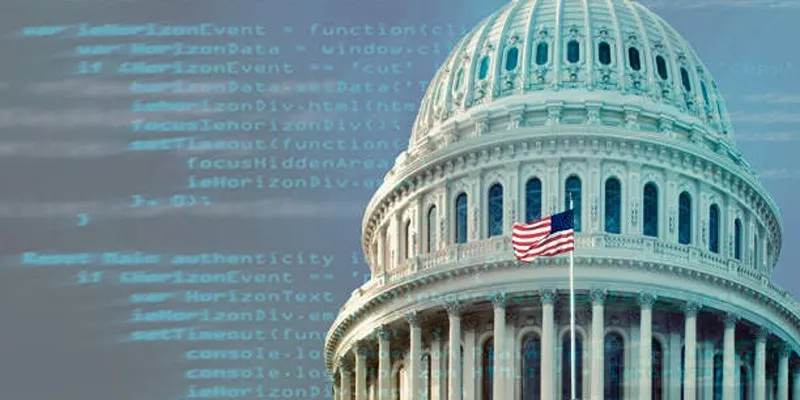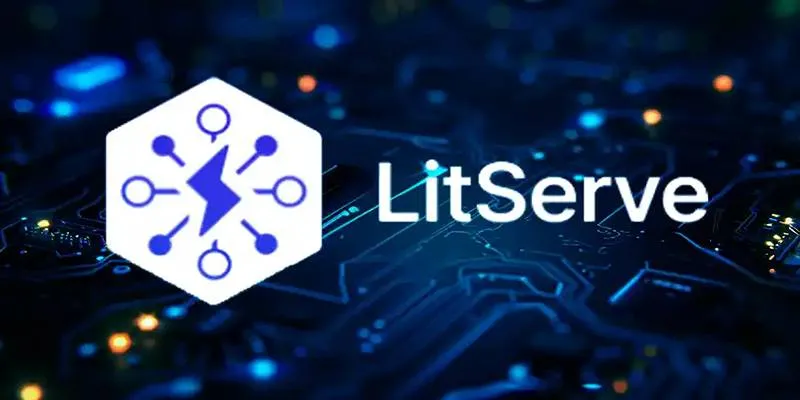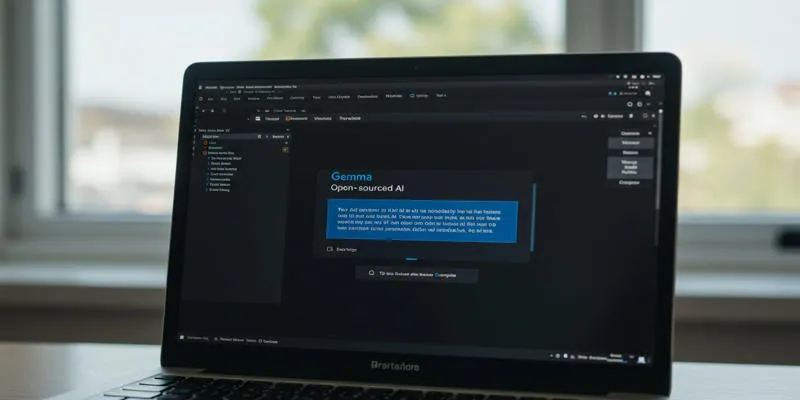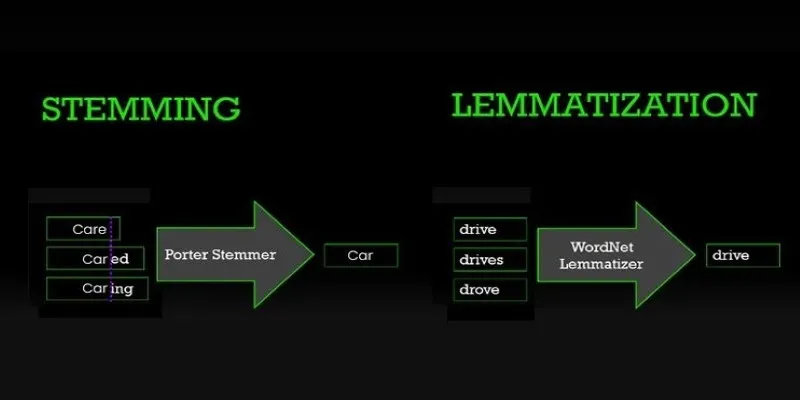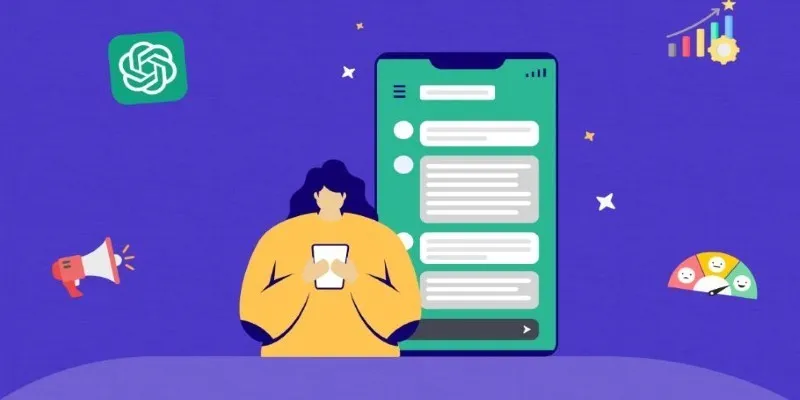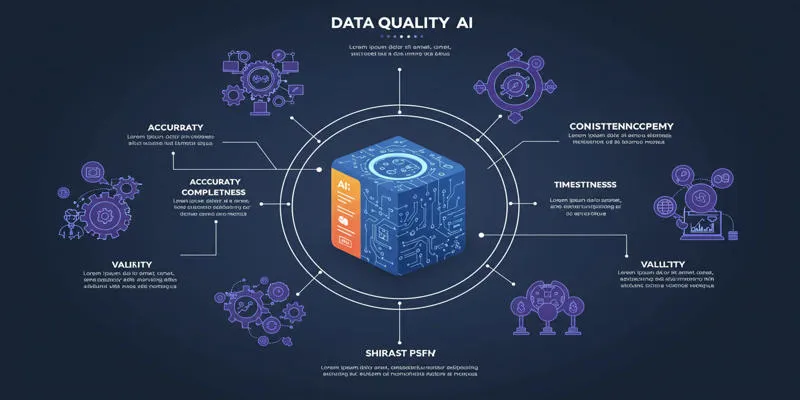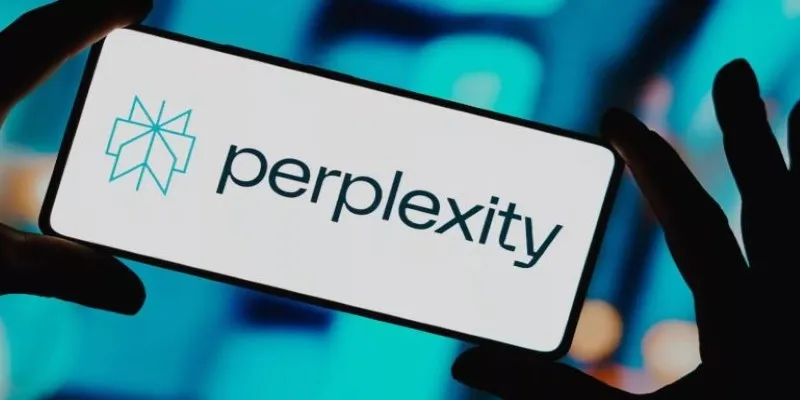As artificial intelligence progresses, the demand for large-scale data to train models like GPT-4 has surged. In August 2023, OpenAI introduced GPTBot, a web crawler designed to collect publicly available content from the internet to support its AI training efforts.
Unlike traditional crawlers used for search indexing, GPTBot gathers data specifically to improve AI responses and capabilities. It scans websites, extracts text and metadata, and sends the information back to OpenAI’s servers.
However, its launch quickly sparked backlash. Within weeks, major websites began blocking GPTBot over concerns about data rights, ethics, and content use. This post explores why so many platforms are now pushing back.
Why Websites Are Blocking GPTBot?
Despite its intended purpose of improving AI models through publicly available data, GPTBot has quickly encountered significant resistance from a variety of websites, including major news outlets, educational institutions, online communities, and commercial platforms. Their motivations for blocking the bot stem from several pressing concerns—legal, ethical, financial, and technological.
1. Unauthorized Use of Proprietary Content
One of the most prominent concerns revolves around content ownership and intellectual property rights. GPTBot collects data without prior authorization, often scraping pages that are the result of years of investment in journalism, academic research, or user contributions. Website owners argue that using this data to train commercial AI tools—without any licensing agreement or credit—is a misuse of their intellectual property.
By blocking GPTBot, these sites are not only safeguarding their content but also challenging what many see as a form of digital exploitation by AI developers. They argue that allowing unrestricted access enables tech companies to profit from their intellectual property without consent, credit, or compensation.
2. Lack of Legal and Ethical Guidelines

The absence of clear regulations around AI data sourcing has created a legal gray area. Currently, no global or national laws explicitly govern how AI companies can collect, store, or repurpose online content. This legal vacuum leaves content creators unprotected, with little recourse if their work is absorbed into an AI system without consent.
Many websites have taken preemptive action by blocking GPTBot until clearer legal frameworks are established. This defensive approach reflects a growing awareness that waiting for legislation may mean losing control of their data in the meantime.
3. Loss of Competitive Advantage
AI models trained on a platform’s content can replicate or summarize it in real time, giving users access to the same insights without visiting the source. This dynamic threatens a site’s core business model by reducing web traffic, weakening brand visibility, and diminishing ad revenue.
For businesses that rely heavily on user engagement, content paywalls, or subscription models, GPTBot represents not innovation—but disintermediation. Blocking the bot is a strategy to retain user loyalty and economic value.
4. Concerns About Data Misrepresentation
Some content providers worry that their material, once extracted by GPTBot, may be taken out of context, distorted, or misrepresented by AI models. It can lead to inaccurate summaries, misquotations, or harmful reinterpretations, especially in sensitive topics such as politics, medicine, or legal advice.
These risks have led many platforms to view GPTBot not only as a copyright concern but also as a reputation management threat, with the potential to circulate misleading versions of their original content.
5. Privacy and Security Considerations
Although GPTBot is intended to target public-facing content, websites still fear the unintentional scraping of sensitive or personally identifiable information (PII). It could include user comments, internal documents mistakenly indexed, or metadata with private details. Even if this content isn’t explicitly confidential, its inclusion in AI training datasets raises serious privacy implications.
By blocking GPTBot, websites aim to minimize any chance that their platforms inadvertently contribute to data misuse or privacy breaches. This action reflects a broader effort to uphold user trust and ensure that sensitive or unintended content isn’t absorbed into AI systems without oversight.
6. Lack of Transparency from OpenAI
OpenAI has provided general information about GPTBot’s purpose and how to block it using robots.txt. However, critics argue that the company hasn’t provided full visibility into what is being collected, how long the data is stored, or how it’s ultimately used in model training.
This lack of clarity makes it difficult for website owners to make informed decisions. Without transparency, many sites default to blocking GPTBot as a precautionary measure rather than risk unintended consequences.
7. Overload on Server Resources and Infrastructure
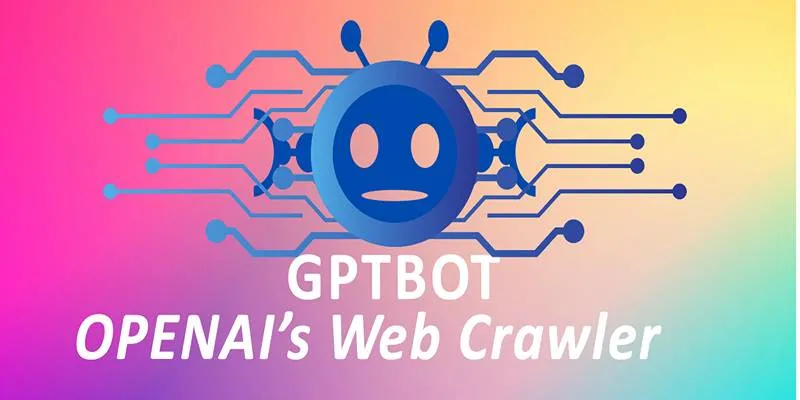
Another concern prompting websites to block GPTBot is the strain it may place on server resources. Frequent crawling by automated bots, especially at scale, can increase bandwidth usage, slow down site performance, and impact the experience of human visitors.
For websites that already manage high traffic or limited infrastructure, the additional load from GPTBot can be disruptive and costly. Blocking the bot is a way to preserve website performance and ensure that resources are prioritized for actual users rather than non-human traffic.
8. Impact on Content Integrity and User Experience
Some websites are concerned that AI-generated summaries or responses, powered by data extracted from their platforms, may reduce direct interaction with original content and diminish the user experience.
When AI systems serve condensed versions of their material, users may bypass the full article, discussion, or resource, missing crucial context, nuance, or multimedia elements designed to engage and inform. It not only undermines the creator’s intent but also devalues the depth and integrity of their content, pushing sites to block GPTBot in defense of the user journey they’ve carefully crafted.
Conclusion
The growing resistance to GPTBot highlights deeper tensions between AI
development and digital content ownership. As more websites take action to
block the crawler, the demand for transparency, regulation, and ethical data
use becomes increasingly urgent.
While GPTBot serves a crucial role in training advanced AI, its unrestricted access raises valid concerns about consent and compensation. Website owners are asserting their right to protect the value of their content in an evolving digital landscape.
 zfn9
zfn9

